Gavinsdiscoveries
Jr. Member
- Dec 8, 2017
- 68
- 152
- Detector(s) used
- Garrett AT-Pro
- Primary Interest:
- All Treasure Hunting
Good Morning everyone!
Recently, I was metal detecting in a local woods and discovered this interesting Hexagonal bullet. That woods had alot of history judging by the relics I have uncovered there. In that aria I have found a topographical engineer button, Numerous belt buckles, coins, and this bullet. When I first found the bullet, I thought it was a Whitworth rifle bullet. But, now im confused. a Whitworth bullet fires a .451 cartridge. The bullet I found mesures near a 9mm. It is possible that the highly acidic soils of the aria attacked it for 150 years and corroded it to a smaller size. ANY information on this relic would be greatly appreciated! THANK YOU!
- Found in Pennsylvania
- Found on a hillside
- Found around 50ft away from the topographical engineer button.
- Measures 9mm
- Weight 12.18 Grams ( 60.90 carats )
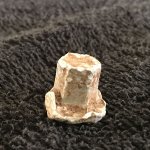
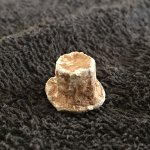
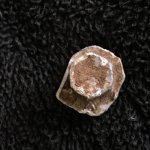


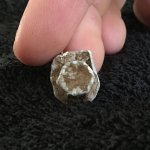
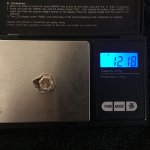
Recently, I was metal detecting in a local woods and discovered this interesting Hexagonal bullet. That woods had alot of history judging by the relics I have uncovered there. In that aria I have found a topographical engineer button, Numerous belt buckles, coins, and this bullet. When I first found the bullet, I thought it was a Whitworth rifle bullet. But, now im confused. a Whitworth bullet fires a .451 cartridge. The bullet I found mesures near a 9mm. It is possible that the highly acidic soils of the aria attacked it for 150 years and corroded it to a smaller size. ANY information on this relic would be greatly appreciated! THANK YOU!
- Found in Pennsylvania
- Found on a hillside
- Found around 50ft away from the topographical engineer button.
- Measures 9mm
- Weight 12.18 Grams ( 60.90 carats )
















